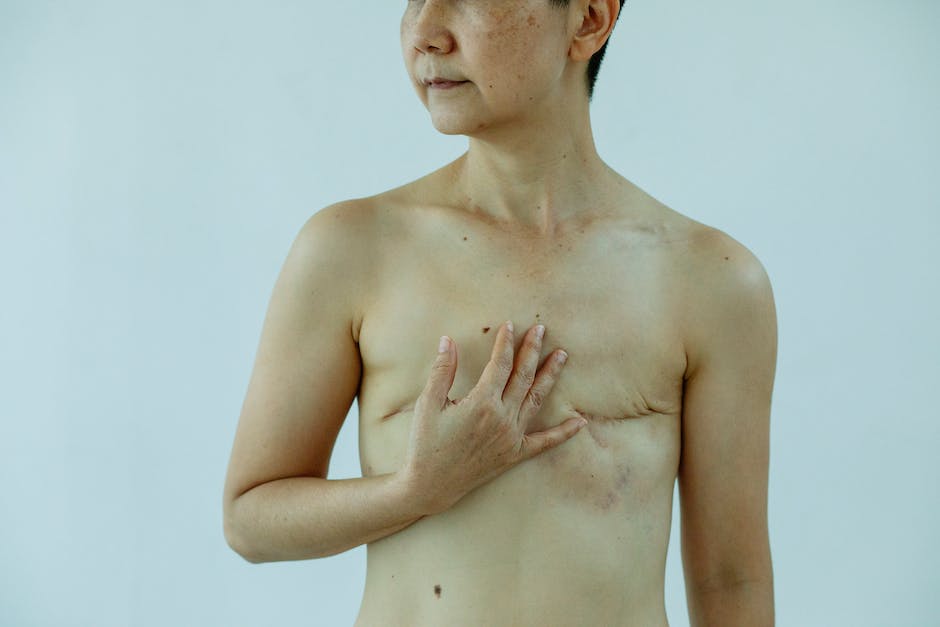
Contents
What is Turner Syndrome?
Turner Syndrome is a chromosomal disorder that affects approximately 1 in 2,500 female births. It is the result of a partial or complete lack of one of the two X-chromosomes, normally found in a female’s cells. Its effects are wide-ranging, affecting both physical and mental development.
Causes of Turner Syndrome
The exact cause of this chromosomal abnormality is unknown. It can result from a variety of genetic changes, including a full or partial missing X chromosome or a change in structural parts of the X chromosome. It can also stem from a gene mutation. In about 10 percent of cases, Turner Syndrome is passed down from parent to child.
Signs and Symptoms of Turner Syndrome
The most common symptom of Turner Syndrome is a distinctive facial appearance, including a low hairline, along with a broad upper neck, low-set ears, and graying eyes. Girls with Turner Syndrome may also develop swelling in the hands and feet. Other physical symptoms include short stature, heart defects, and impaired reproductive function. Cognitively, girls may have difficulty with verbal expression and short-term memory, as well as problems with visual–spatial tasks.
Diagnosis of Turner Syndrome
Turner Syndrome is typically diagnosed through blood tests to screen for chromosomal abnormalities. It is also commonly diagnosed through physical examinations and ultrasounds which examine the fetus for any abnormalities in development.
Treatment and Health
Treatment for Turner Syndrome focuses on managing the symptoms and ensuring a healthy lifestyle. This may include hormone replacement therapy to help boost growth and development, as well as heart medications to manage any heart-related issues. Physical, occupational, and speech therapies can also help improve overall wellbeing.
Living with Turner Syndrome
Living with Turner Syndrome as an adult can be challenging. Girls with Turner Syndrome need personalized care to maintain their physical and mental health. This includes self-care, social activities, regular exercise, and a healthy diet. Support from family, friends, and the healthcare community is also important.
What Is Turner Syndrome? | Understanding the Causes, Symptoms &Treatment and Health
Turner Syndrome is a chromosomal disorder that affects about 1 in 2,500 female births, caused by a partial or complete lack of one of the two X-chromosomes. Physical signs include a distinctive facial appearance, short stature, heart defects, and swelling in the hands and feet. Cognitively, girls may have difficulty with verbal expression, short-term memory, and visual–spatial tasks. Treatment focuses on managing the symptoms, boosting growth and development, and providing specialized care for physical and mental health. With the right support, girls with Turner Syndrome can have a healthy and fulfilling life.
